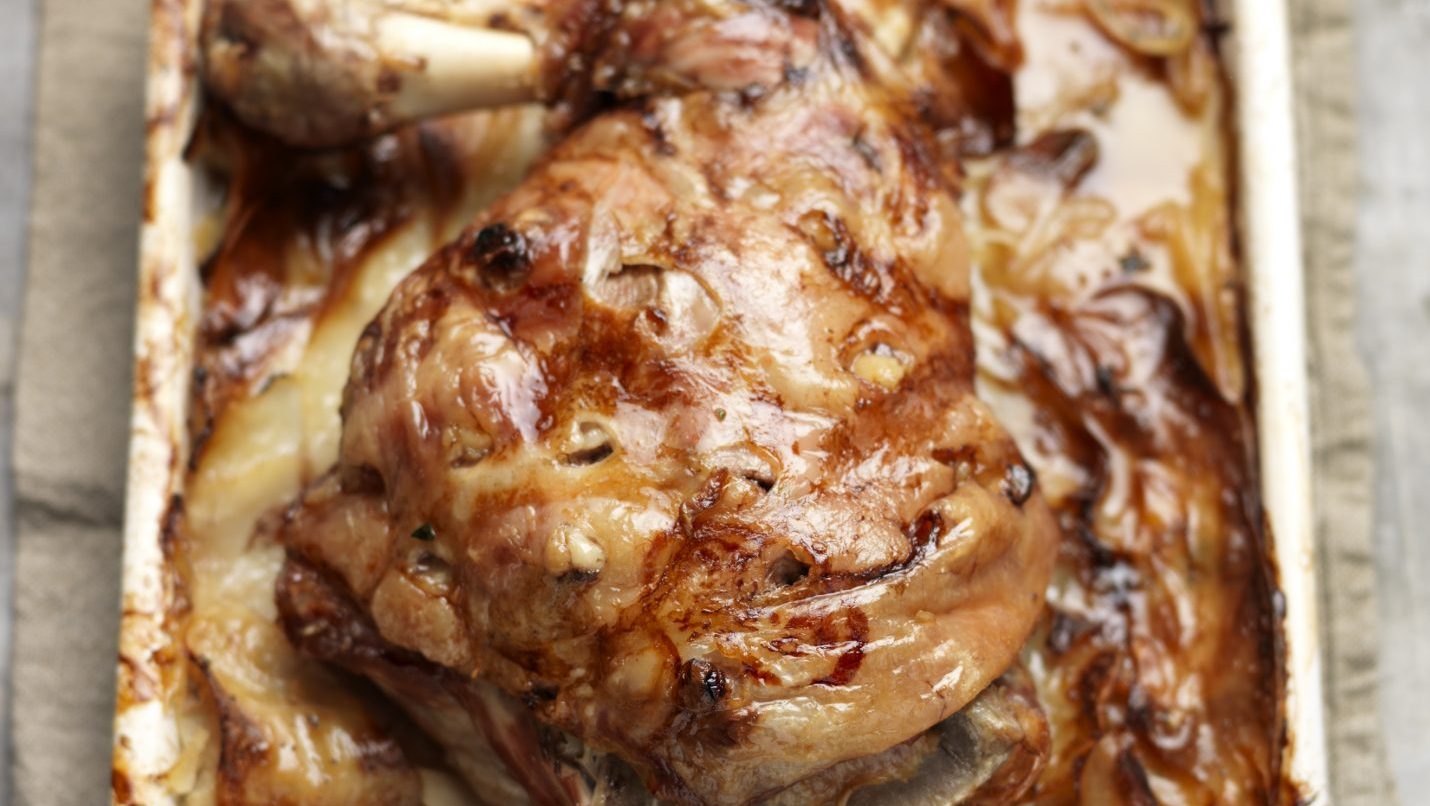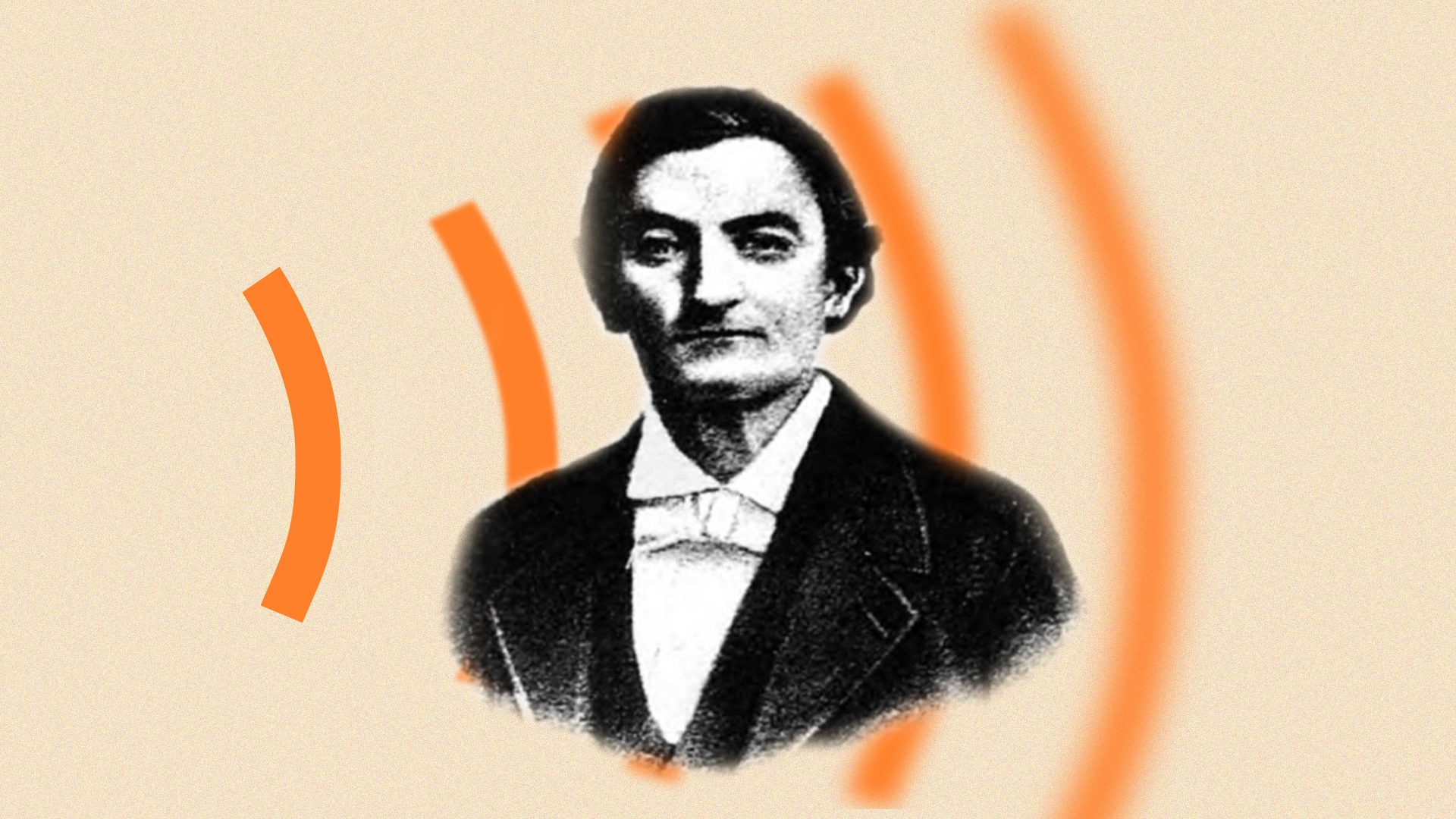Christmas, at least in my family, is only ever about two meats: turkey, and pork. We have a magnificent roast bird from Norfolk; a large, salty ham, lightly glazed in orange syrup and studded with cloves; sausages wrapped in bacon – chipolatas in streaky – and stuffing, usually with apricots, sage and
hazelnuts. It’s all absolutely classic.
Some people choose to avoid turkey. This might be because they are unable to cook very well and so believe the meat becomes dry. Otherwise, it’s because a beef Wellington is an impressive and excellent alternative, or a goose is favoured, Dickensian and traditional as it is.
I’m not sure I’ve ever heard of anyone having a roast joint of pork on Christmas Day, nor have I come across anybody cooking a shoulder or leg of lamb. But there must be some households who go down one or both of these routes. And why not?
This year may well require giving turkey the swerve anyway. It’s unlikely to be as difficult to get hold of one as prophesied by some blustering media outlets, but avian flu is having a huge impact on fowl in the UK right now. For those who haven’t yet stocked up on their turkey, or pre-ordered, there’s a real possibility of a heightened challenge.
Officials have said the current outbreak of bird flu is the “largest ever”, with more than 140 reported outbreaks over the last 12 months in England alone – over 47 million birds have been culled in Europe since last autumn. I don’t mean to scaremonger, though: the British Retail Consortium said retailers are “well versed” in managing supply chains, while the British Poultry Council said imports are an option.
Still, even if the UK eats its normal fill of 11 million turkeys this year, there’s always a place for lamb at the dinner table. It’s not cheap, however, but Christmas might provide the perfect excuse.
But it isn’t spring, I hear you cry. There is a season during which lamb is most plentiful in the UK – autumn, not spring – but it is actually available year-round, because farmers are busy and we are all hungry. The festive period will be ideal for snapping up the last of the year’s lamb, in fact, so here’s Tom Kerridge with a recipe for slow-cooked shoulder with boulangère potatoes.
SLOW-COOKED SHOULDER OF LAMB WITH BOULANGÈRE POTATOES
SERVES FOUR-SIX
INGREDIENTS:
1 whole shoulder of lamb
1 head of garlic, peeled and separated into cloves
3 medium onions
6 large potatoes peeled
1 bunch of thyme, picked
1 pint (570ml) chicken stock
Salt and pepper
Preheat your oven to 130C. Thinly slice the onions and potatoes and place in a big bowl. Sprinkle the thyme leaves and season.
Roughly layer the onions and potatoes up in a roasting tray and place the lamb on top. With a knife, create holes in the flesh and stick a clove of garlic in each one.
Pour over the chicken stock and stick in the preheated oven. Cook for 4-5 hours.




